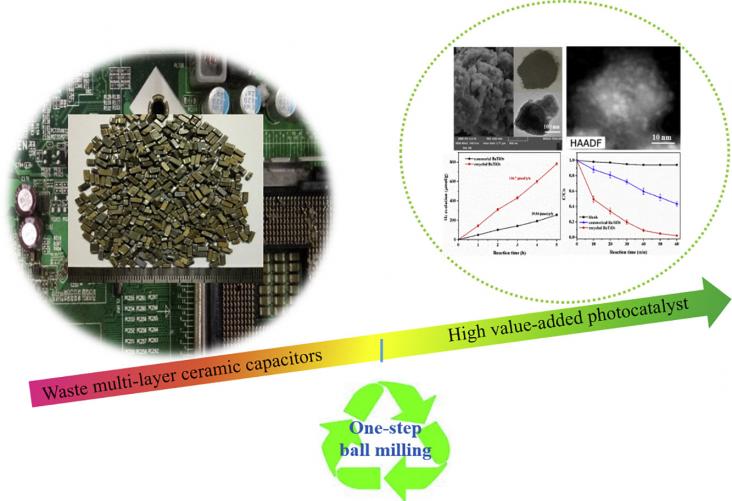Over US$60 trillion is predicted to be spent on new infrastructure globally by 2040.
The two-dimensional (2D) ultrathin Mg-Al layered double hydroxide modified by magnetic Fe3O4 (Fe3O4/Mg-Al LDH) was successfully synthesized via the co-precipitation method.
Agricultural wastes are readily available in farming communities and can be utilised for off-grid electrification as an alternative to diesel generators.
Electricity systems based on renewables have an increasing demand for flexibility.
Economic development projects are increasingly applying the mitigation hierarchy to achieve No Net Loss, or even a Net Gain, of biodiversity.
This book presents methods of computational intelligence and data fusion that have applications in agriculture for the non-destructive testing of agricultural products and crop condition monitoring. This chapters address SDGs 2 and 9 by presenting methods related to the combination of sensors with Artificial Intelligence architectures in Precision Agriculture.

Waste multilayer ceramic capacitors (MLCCs), containing BaTiO 3 , Ag, Pd, Ni and Sn etc., are valuable secondary resource.
This article supports SDG 13 and 9 by investigating financial decision being made utilizing climate-risk assessments
In the last couple of years, deep eutectic solvents (DESs) have been raising a lot of attention mainly due to their versatility and their easy and speedy preparation without the need of further purifi
The number of countries with a national development plan has more than doubled, from about 62 in 2006 to 134 in 2018.
